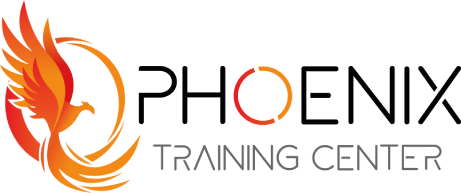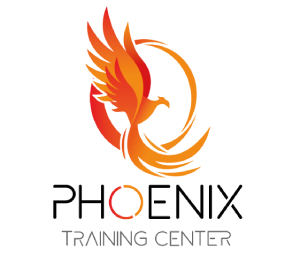The digital age has revolutionized the way educators teach and students learn. With the rise of EdTech, a myriad of online apps and tools have emerged, offering innovative solutions to enhance educational experiences. From fostering collaboration to personalizing learning paths, these tools are reshaping the educational landscape. Here’s how educators can harness the power of online apps and tools to elevate their teaching.
1. Interactive Learning with Educational Platforms
Educational platforms like Google Classroom, Moodle, and Canvas have transformed the traditional learning space into an interactive digital experience. These platforms allow educators to organize course content, assignments, and feedback all in one place. They foster an engaging learning environment where students can participate in discussions, quizzes, and collaborative projects.
2. Personalized Learning with Adaptive Software
Adaptive learning software, such as Khan Academy or Coursera, personalizes the educational journey for students by adapting to their individual learning pace and style. These tools assess student performance and tailor the content to challenge students appropriately, ensuring that each learner achieves their full potential.
3. Collaborative Projects with Cloud-Based Tools
Cloud-based tools like Google Docs, Microsoft OneNote, and Trello enhance collaboration among students. They can work together in real-time, regardless of their physical location, fostering teamwork and communication skills. These tools also prepare students for the collaborative nature of the modern workplace.
4. Visual Aids with Infographic and Presentation Tools
Tools like Canva and Prezi offer creative ways to present information visually, making it more engaging and easier to comprehend. Educators can use these tools to create dynamic presentations, infographics, and learning materials that cater to visual learners and add a fresh dimension to lesson delivery.
5. Interactive Quizzes and Gamification
Platforms like Kahoot!, Quizizz, and Gimkit turn assessments into fun, competitive games. These interactive quizzes provide immediate feedback and keep students motivated. Gamification in learning not only makes assessment enjoyable but also encourages a healthy competitive spirit.
6. Language Learning with Specialized Apps
Language learning apps like Duolingo, Babbel, and Rosetta Stone make mastering a new language more accessible and interactive. They use techniques that range from repetitive drills to conversation simulations, making language learning flexible and more aligned with the learner’s lifestyle.
7. Digital Storytelling Tools
Digital storytelling tools, such as Storybird or Adobe Spark, allow students to create their own stories, combining text with images and audio. This form of learning encourages creativity, improves writing skills, and helps students express their thoughts and ideas.
8. Effective Communication through Video Conferencing
Video conferencing tools like Zoom, Microsoft Teams, and Google Meet have become staples in the modern classroom. They facilitate virtual face-to-face interactions, making remote learning more personal and effective.
Incorporating these online apps and tools into your teaching strategy can significantly enhance the learning experience. They bring a level of dynamism, interactivity, and personalization to education that was once unimaginable. As we continue to navigate the future of teaching, these tools will play an increasingly important role in shaping an inclusive, engaging, and successful learning environment for all students.














